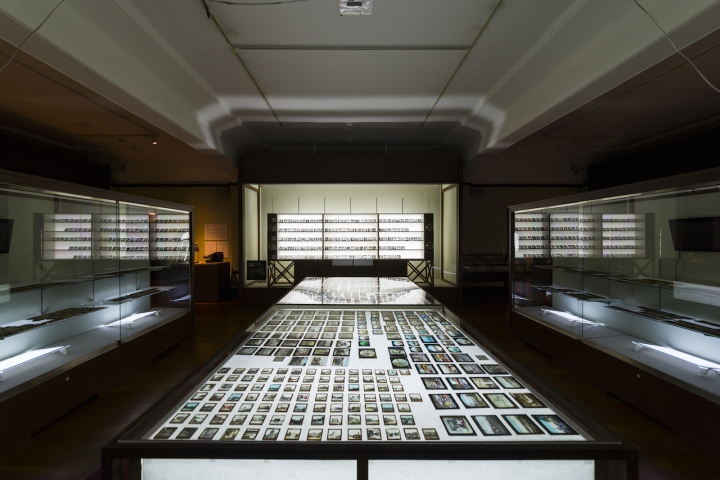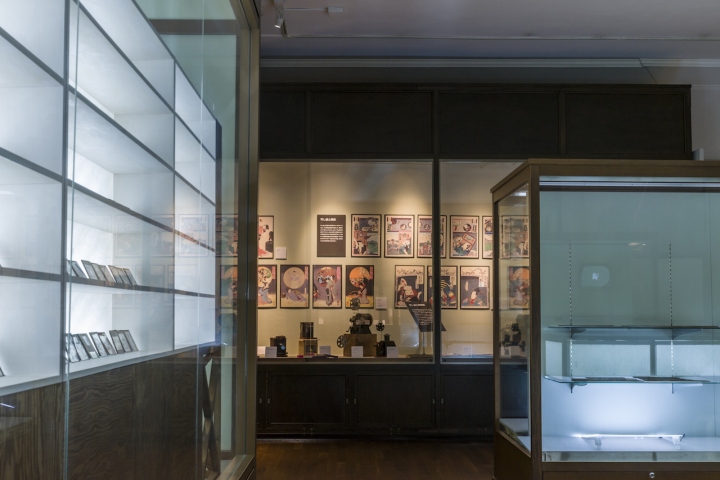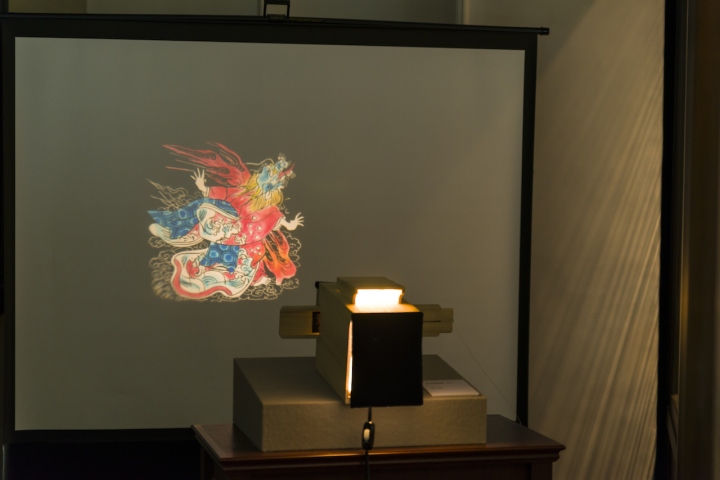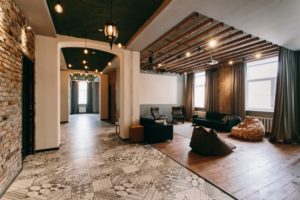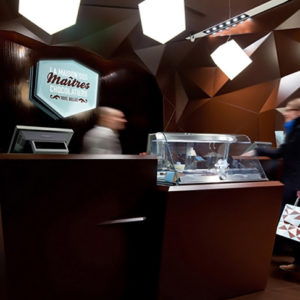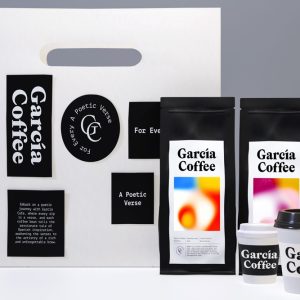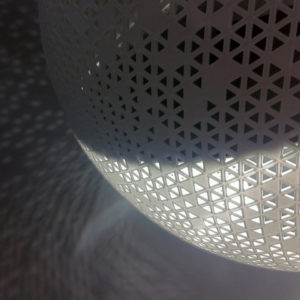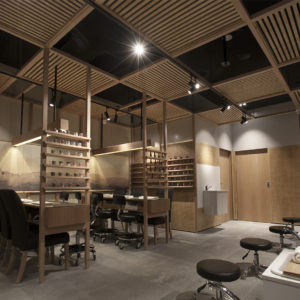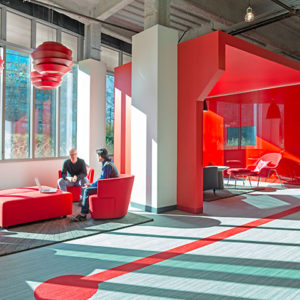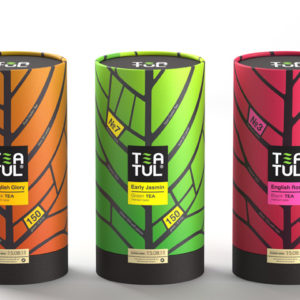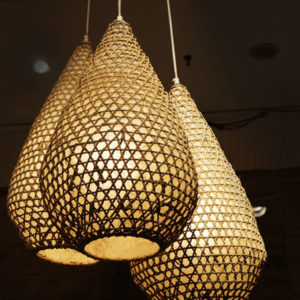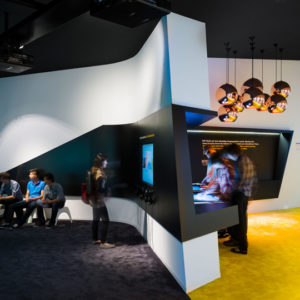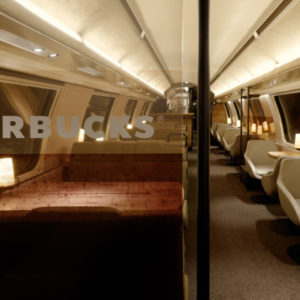
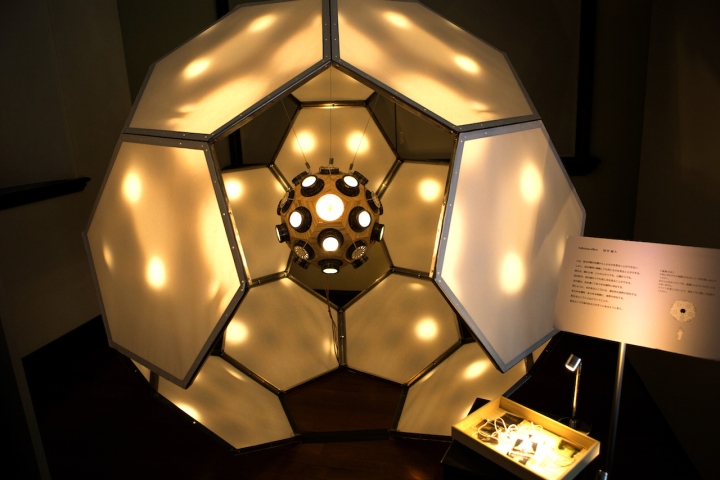

Theatre Museum “Archaeology of Projection Media”

Today, we see lights and images being casted on various objects here and there. With the advancement of the technical devices, the method of projection media is widely common in theaters, installation, and daily presentations. However, not many people do understand the origin of the method and its long legacy.

At the theater museum located inside Waseda University in Tokyo, we have conducted an exhibition focusing on the idea of “Projection Media”. The exhibition illustrated the long history of projection media; from its begging to the modern audience-interactive projection pieces.
The exhibition is presented from April 1st until augst 2nd ,2015.
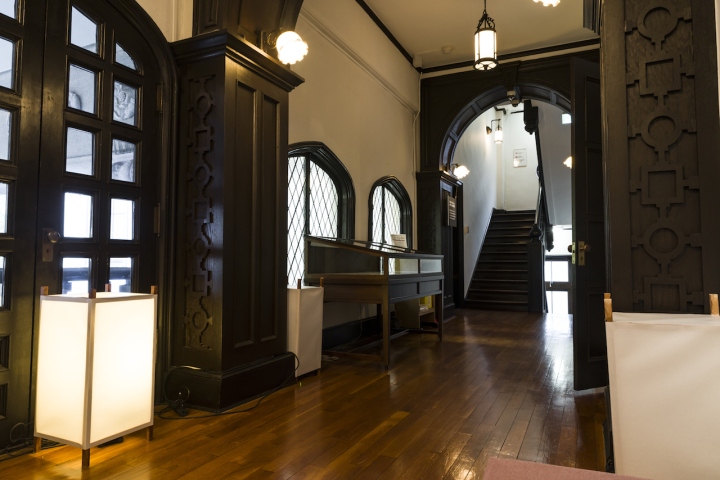
The exhibition contains of two elements:
1. The earliest Projection Media
The very first projection media took place at a room with lanterns. The structure of a stripping sheet, an equipment that casts candle light through pictures scratched on glass or images copied with early photographic technology, was exhibited. Using great number of stripping sheets that the museum owns, the structure of lanterns and the pictorials made by stripping sheets were also illustrated in description.
2. Projections Arts
Pieces of art produced by the method called projection were also exhibited. All of the creations dealt with photo irradiation; reflecting, blinking, shadowing, and amplifying lights. This work is created by a modern author given the theme of “Projection”.

Exhibition design
The fixtures must have fit in the unique atmosphere of the theatre museum and create a distinctive world with all the stripping sheets. On top of that, they also had to function as a factor that set up the environment to exhibit the new pieces of artwork. Therefore, we have painted the woods oak color in accordance with the interior design of the museum, and took in the “x” concept of architectural facade motif. We have also revised some of the simply designed fixtures in order to create the atmosphere we aimed to create. Furthermore, we have used shoji-paper for the lighting equipment. By utilizing shoji-paper, not only that we were able to cut the cost compared to when using frost acrylic, we were able to produce warm Japanese taste light.

New released Projections
1. Lighting logotype
When the film in the acrylic block is casted light, the logo of this exhibition will be irradiated. This was exhibited in the entrance of the event.
2. Full moon effect
Spherical glass ball distorting the light creates unique shapes and images around its space.
3. Running bird
When someone approaches the indirect illumination, the light turns on and off with the sound effect of a bird flapping its wings. People can feel the existence, but not actually see the bird…
4. Methodical shadow
As the handle is turned, shadow cogwheel moves in accordance. Although the object you see is a “shadow”, you sense the sensation of an organized object.
5. Optical forest
Mirros reflect various lights created by the projector. With all the rays of light, you may find yourself as if you a taking a walk in the woods.
6. Moonlight lantern
Various images will be casted from the core of a polyhedron. When locating a stripping sheet in the middle, there will be another polyhedron being created by the figure of the images.
Curator: Ryo Okubo / Chang Boye
Design: Tatsuya Saito / Ryusuke Nanki
Graphic Design: Kota Kato
Photography: Fumika Abe

